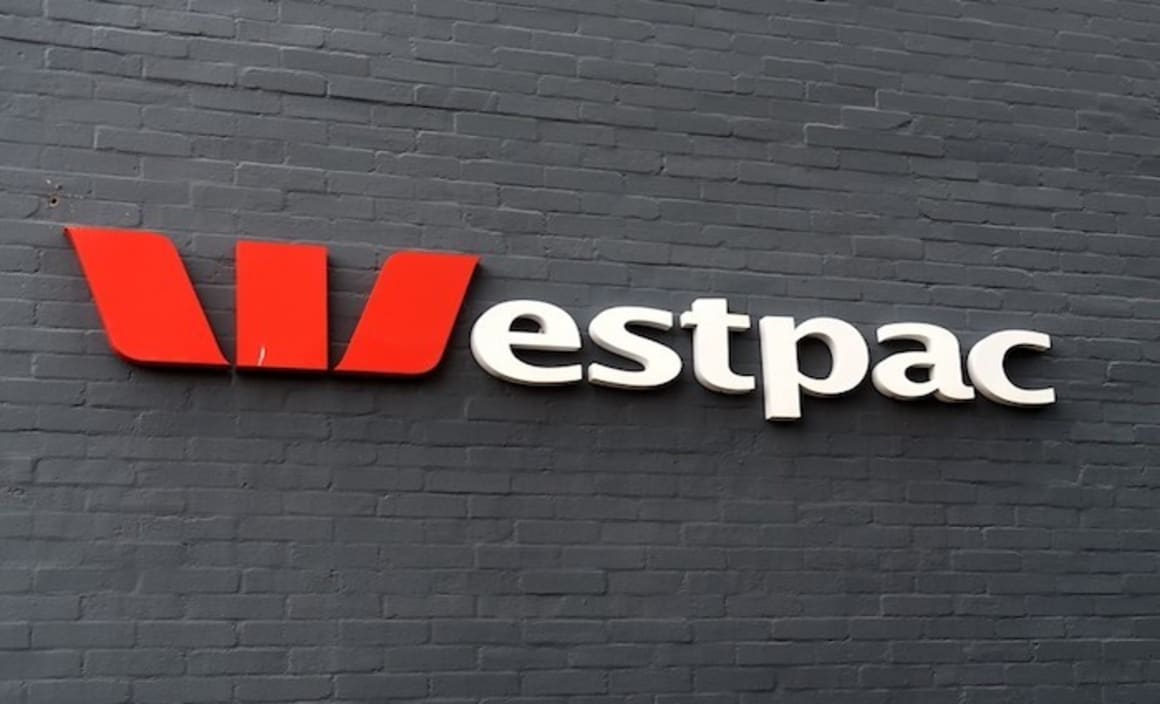RBA's forecasts put policy debate in a difficult position: Westpac's Bill Evans

EXPERT OBSERVER
Recently the Bank has communicated extensively with the market.
This has included a major speech from the Governor to the Australian Business Economists; his the semi annual appearance at the House of representatives Standing Committee on Economics; and the August Statement on Monetary Policy.
So, it comes as no surprise that the Minutes of the August Board Meeting contain no surprises.
The Board confirms that it does “not rule out adjusting the current package if circumstances warranted”.
The package is highlighted by a 0.25% cash rate and a 0.25% target for the three year bond rate.
The condition for the three year bond target is somewhat looser than for the cash rate target with “progress towards the inflation target” compared with “confident that inflation will be sustainably within the 2–3 per cent target band”.
For that reason “it would be appropriate to remove the yield target before the cash rate itself is raised”.
This policy description has been used consistently since the Board minutes of the April meeting.
It is not entirely clear as to whether “remove the yield target” means abandon yield curve control or adjust the level of the target to, say, 0.40%.
In his appearance at the Parliamentary Committee he opined that the three year target of 0.25% was reasonable since he expected that the cash rate would hold at 0.25% for the next three years.
However, he was guarded as to whether he thought it likely that the 0.25% would hold for five years and therefore it was not encouraging that the target of 0.25% would be extended to five years.
My preference would be that if in 2022 the Bank was still of the view that the cash rate was unlikely to hold at 0.25% for another three years it would be appropriate to lift the three year target rate to, say, 0.40% thus maintaining yield curve control without having to defend an unrealistic target.
Given that this current language is likely to be used consistently in the Minutes certainly through 2021 the Board can maintain its flexibility on whether to abandon yield curve control or set a different target rate.
Another issue for policy is the Australian dollar. The Governor stated last week that a lower dollar was helpful in boosting jobs through a lift in competitiveness.
With the Bank’s assumption that foreign borders would remain closed until mid- 2021 the benefit of a more competitive dollar is blunted somewhat in the near term.
However, he stated that any move to intervene to lower the dollar would be ineffective if the value of the dollar was in line with fundamentals.
In fact, in the Minutes we see “The Australian dollar had been broadly in line with fundamental determinants, such as commodity prices and interest rate differentials”.
With the outlook for commodity prices encouraging and interest rate differentials moving in a very narrow band the opportunity for a grossly overvalued AUD to emerge prompting some currency intervention seems unlikely.
Adopting a negative interest rate policy to lower the fundamental value of the dollar through a widening the yield differential has been described by the Governor as “ extraordinarily unlikely”.
I am always interested in the detailed economic discussion for insights from the Bank’s extensive liaison work with business.
In that regard “Information from the Bank’s liaison program indicated that the share of contacts expecting to freeze wages or to implement temporary wage cuts was higher than in the past”.
With wages growth being a key determinant of inflation that news will not be comforting for a central bank targeting a return to 2–3% inflation.
All three economic outlook scenarios – base; upside; and downside had inflation below 2% (upside 1.75%) by end 2022 with the downside scenario seeing inflation at 0.5% even by end 2022.
The conclusion was that “underlying inflation pressures would remain subdued for a considerable period”.
On business investment “information from liaison with businesses and recent surveys indicated that weakness in non- mining business investment over recent quarters would become more pronounced in the period ahead”….” Firms were prioritising their liquidity positions in response to uncertainty about future demand”….” many non-residential projects that had not yet commenced were on hold”.
Conclusion
The Bank’s forecasts put the policy debate in a difficult position.
What does “progress towards full employment“ mean?
If the unemployment rate has fallen from the forecast peak of 10% (we think that is too high – more like 8.5–9.0%) to 7% does that qualify as sufficient “progress” to tighten policy?
Yes, a three percentage point fall in the unemployment rate is significant but is it sufficient “progress”?
Surely there is a case for maintaining maximum policy stimulus if you are that far away from full employment and inflation has spent years outside the target band.
On the other hand, if the forecasts prove to be optimistic (and the downside scenario prevails) there should be a debate around what other policy options might be considered effective.
Perhaps, as we move forward, that debate will merit more attention.
BILL EVANS is Chief Economist for Westpac.